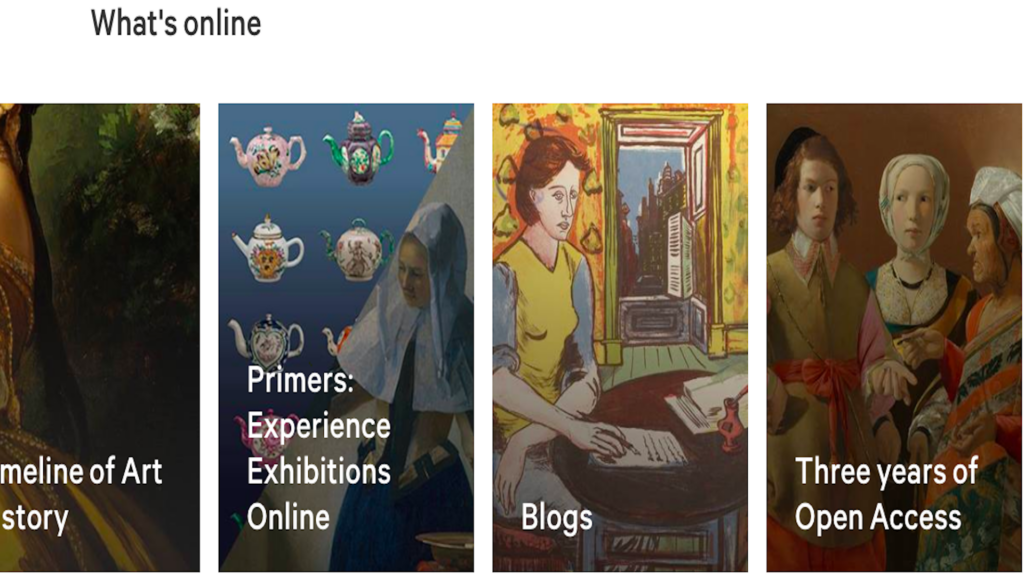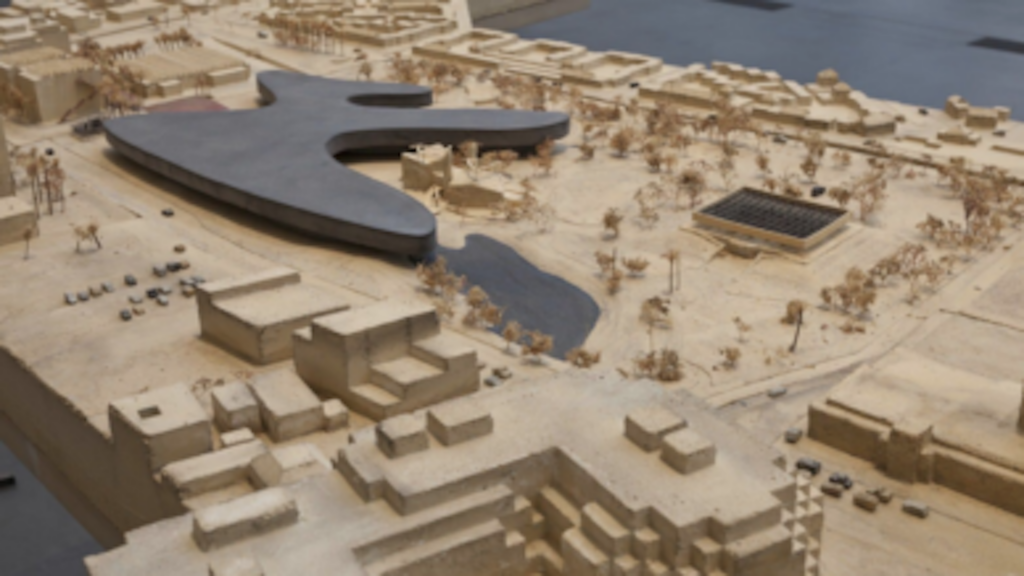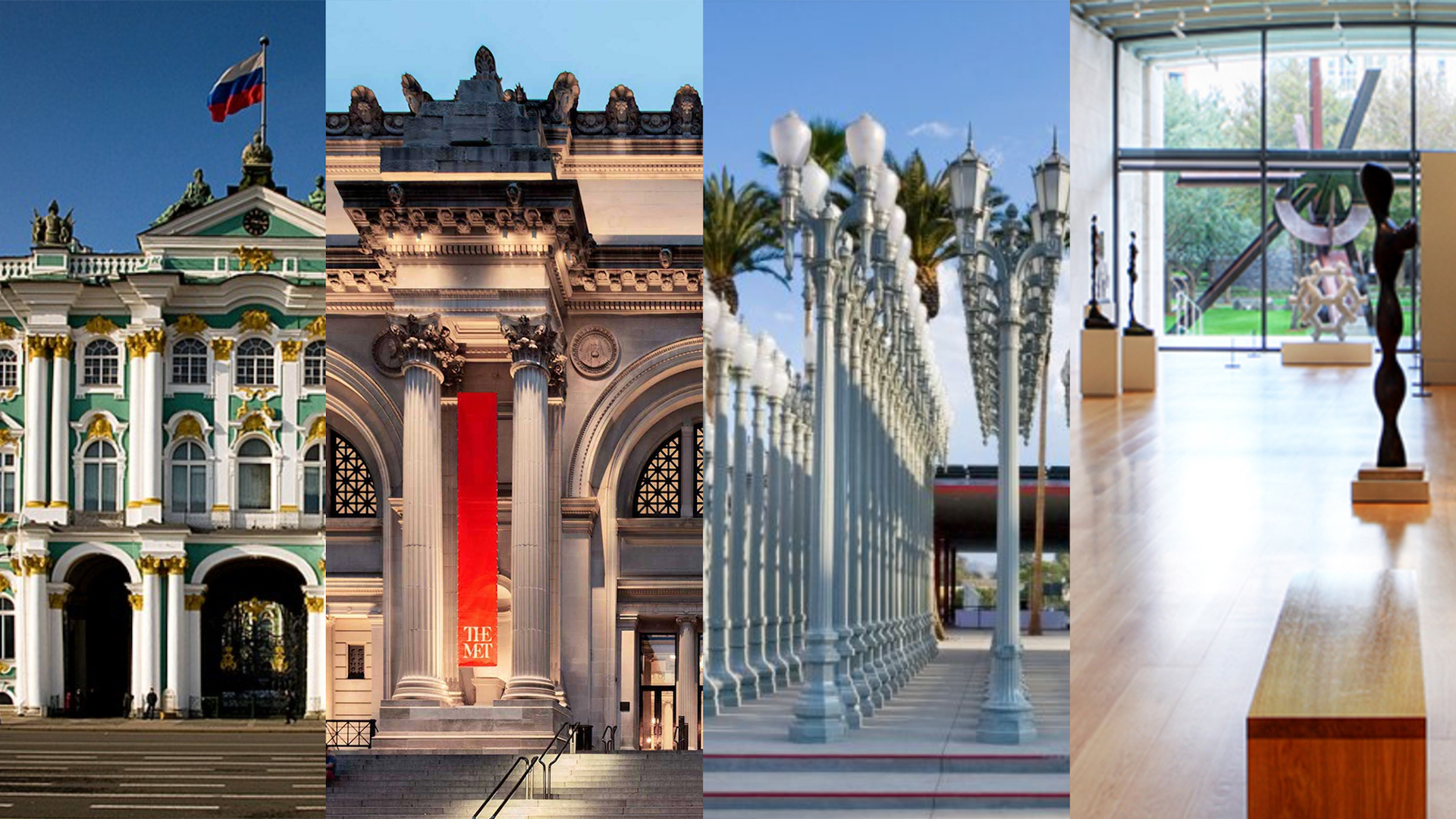This post originally appeared on Judith Benhamou-Huet Reports. It’s the first in a two-part series focused on museum director responses to coronavirus.
Benhamou-Huet is a seasoned French journalist and independent curator with a deep-rooted understanding of the global cultural sphere. Here, she speaks to directors from leading museums to learn how they are managing this challenging situation and connecting with audiences despite being physical closed.
Museums: the Highest Idea of a Man
“The museum, after all, is one of the places that give us the highest idea of man. The role of museums in our relationship with works of art is so great that we can hardly conceive of the fact that they have existed here for less than two centuries”.
So wrote French writer and future culture minister André Malraux in his 1947 work “The Imaginary Museum” (Le Musée Imaginaire). He could never have foreseen that 70 years later the world’s major museums would be closing their doors.
While each museum differs in terms of funding models and reactions, the challenges presented by coronavirus are uniform.
The Metropolitan Museum
The first major shockwave took place at New York’s Metropolitan Museum of Art. On March 18, the Met’s president and director announced to their employees that they were anticipating future losses estimated at $320 million. This prediction came a mere five days after the museum’s closure. Cultural circles were stunned, not just because the statement was made right at the onset of measures to combat the growing health crisis, but also due to the fact that the Met has an endowment fund with reserves currently estimated at $3.6 billion.
Securing Financial Stability
Unlike the majority of large European museums, the Met is almost entirely privately funded. To account for this, an endowment fund was set up, a giant investment nest egg meant to secure the museum’s long-term financial stability. In these troubling times, such reserves would offer solace to many European museums, however, it’s inevitably subject to various challenges. Moreover, the Met has been facing financial difficulties for several years now.

The Met has launched a range of digital initiatives in response to coronavirus. Image: The Met Website.
Setting a Tone
The museum’s director, Max Hollein, refused to respond to questions. Unfortunately, it seems likely Met employees will be the first to suffer the consequences of this unfavourable economic situation. The Met is anticipating scaling back its ambitions once it reopens and has announced it will continue paying staff until May 2.
The announcement of the flagship American museum led to a range of other cultural establishments laying off staff. This included 97 employees released by Los Angeles’ MOCA, 75 percent of MASS MoCA’s staff being dismissed, and similar measures taken by the Hammer Museum, the New Museum, and the Whitney.
Los Angeles County Museum of Art (LACMA)
Fortunately, the situation is not all doom and gloom across the U.S. LACMA, directed by Michael Govan, has also closed its doors, but for the moment has guaranteed paying the wages of its 550 employees. LACMA’s director has explained that a sum of around 20 percent of the annual budget has been set aside over time in preparation for emergency situations. “For the time being we are able to pay our employees. But clearly our funds are not infinite,” Govan says.
Expansion Project
LACMA has been lucky. It only recently completed an ambitious round of funding and managed to raise $650 million for a sizeable expansion. The project, designed by Swiss Pritzker Prize-winning architect Peter Zumthor, is one of the most ambitious undertaken any museum in America and will double the museum’s current exhibition space. It has set 2024 as a completion date. According to Michael Govan, the development of the project has been unaffected. “We received another donation last week,” he notes, stating the move is necessary given the poor current condition of the museum, “LACMA has been nicknamed Leakma for a long time. It was time to take action.”
He also anticipates that during the crisis period LACMA and its renovation, which is estimated to take more than three years to complete, “will provide jobs for hundreds of people”.

An architecture plan for LACMA’s redevelopment. Image: LACMA
Online Projects
Like many museums, LACMA is increasing the number of its online projects as it awaits reopening. Its teams are working on educational projects and also finding “new ways of exhibiting works of art that take into account the rule of visitors keeping six feet away from one another,” says Govan, “there are certain practices that we will now have to get rid of, like for example the explanatory signs in exhibitions under which everyone congregates.”
Having run the Dia Foundation in New York during the 9/11 attacks, Govan remains optimistic. “I witnessed immense generosity during that time. Michael Bloomberg, in particular, helped the cultural sector by donating from his personal funds.” Who will be Bloomberg’s equivalent in Los Angeles to ensure the continued existence of the city’s museums? “Everyone’s asking me that. I don’t have the answer, but I know that right now the philanthropists are monitoring the situation closely.”
Nasher Sculpture Center, Dallas
Dallas may be known for its oil companies, but it also enjoys a solid reputation in the museum world. This is because it is supported by a group of philanthropists who are also high-level collectors. It was businessman Raymond D Nasher (1921-2007) who opened an institution under his own name in 2003, the Nasher Sculpture Center, designed by architect Renzo Piano and dedicated to his passion: sculpture. It’s a state-of-the-art dedication to the medium.
To ensure its sustainability, the establishment also has an endowment fund estimated at 100 million dollars. “But this amount fluctuates daily,” emphasises Jeremy Strick, the museum’s director.
At the Nasher Center jobs have so far been protected, though, as Strick cautious, “we are entering unknown territory”. The museum’s immediate future could start with the reopening of the sculpture garden, which typically attracts many families and would allow people to respect social distancing rules which will likely be in place as institutions gradually reopen.
The Hermitage Museum, Saint Petersburg
Crammed full of almost 3 million objects including the fabulous collection of paintings assembled by Catherine the Great, the Hermitage Museum in Saint Petersburg boasts a collection that those in the art world dream of.
Mikhail Piotrovsky has been the director of the establishment for no less than 25 years. The museum’s official press service, Tass, recently announced the creation of a new post at the helm of the Hermitage, that of president, which the current director will soon take on and hold concurrently.
As a director, he has seen various crises come and go, which means he takes a philosophical approach to the current situation. “You know, when I arrived at the Hermitage the budget for the museum was 70 times less. Today, 35 million dollars are provided by the State. Entry, events etc. finance the other half of our annual requirements. We can’t deny that the situation is difficult, but it’s not the first time this has been the case.”
Prioritizing Jobs and International Cooperation
The director is focused on securing jobs, but he also insists on the need to maintain links with the rest of the world, “We have the duty to explain that exhibitions are important and that international cooperation between museums is crucial.” Whatever you do, don’t tell him the Hermitage is closed.
Virtual Visitors
“A museum does not exist solely through its visitors. Since closing access to the public on March 18 we have been organising a whole panoply of virtual visits, including five continuous hours of footage filmed on an iPhone. If you want to understand Rembrandt, I advise you to first take a virtual visit before coming to the Hermitage. You will have a better understanding of the complexity of the painter’s work…In one week, after the closure, our website had over 4 million visits. That is an extraordinary number, ordinarily we wouldn’t have that many visitors to the museum in a year.”



